K-pop, one of the pillars of the Korean Wave, constantly evolves. The current K-pop groups constitute the fourth generation of the music genre. How do they differ in the K-pop genealogy?
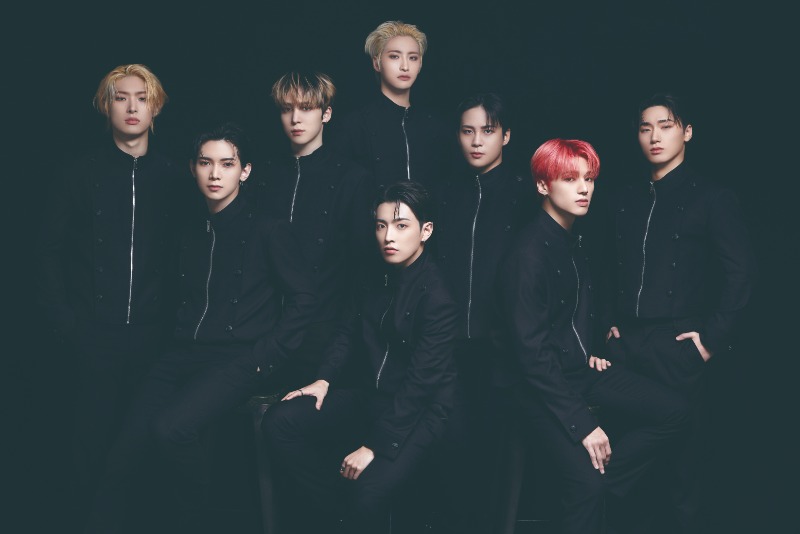
ATEEZ, the name of an eight-member group, is intended to mean “everything about teenagers from A to Z (A Teenager Z).”
ⓒ KQ Entertainment
GENERATION THEORY, regardless of the time and subject, is a popular topic among inquisitive minds. When something slightly different from the previous generation emerges, simply declaring, “This is the new generation,” grabs people’s attention and acceptance.
The same is true for K-pop. There are no rules or standards to proclaim a new generation. Yet when many groups with distinct differences from their predecessors appear, they are anointed as the next standard-bearers. So far, the composition of a group, its primary market, and the message of its songs have been enough to classify generations.
FIRST TO FOURTH GENERATIONS
Korea’s first K-pop idol group debuted in 1996, aptly named H.O.T. The next year, a six-member group called Sechs Kies appeared to challenge H.O.T. Contrived rivalry also extended to idol girl groups, namely S.E.S. and Fin.K.L, who debuted in 1997 and 1998, respectively.
The next set included groups Shinwha and Jewelry, and the soloist BoA. Not regarded as a distinctive generation, however, they formed the 1.5 generation. Their appearance coincided with the advent of so-called Hallyu, or the Korean wave, when K-dramas began to gain a foothold across Asia. Around this time, the Japanese press coined the term “K-pop” as Korean acts called “idol groups” became popular in Japan and China.
The second generation cultivated a friendly, approachable image as multi-faceted entertainers. The headliners of this generation include Big Bang, SUPER JUNIOR, Girls’ Generation, and the Wonder Girls. They debuted in the midst of the 2000s and appeared on many entertainment programs in Korea and then embarked on world tours to eventually form a substantial fan base at home and abroad.
Third-generation K-pop groups were more aggressive. They sought fame simultaneously in the domestic and international markets by appearing in a variety of mediums. The group members were graduates of rigorous training programs and the quality of K-pop choreography and song writing made another leap. The third generation, which debuted in the 2010s, boasts EXO, WINNER, Red Velvet, MAMAMOO, and most of all, the global sensation BTS.
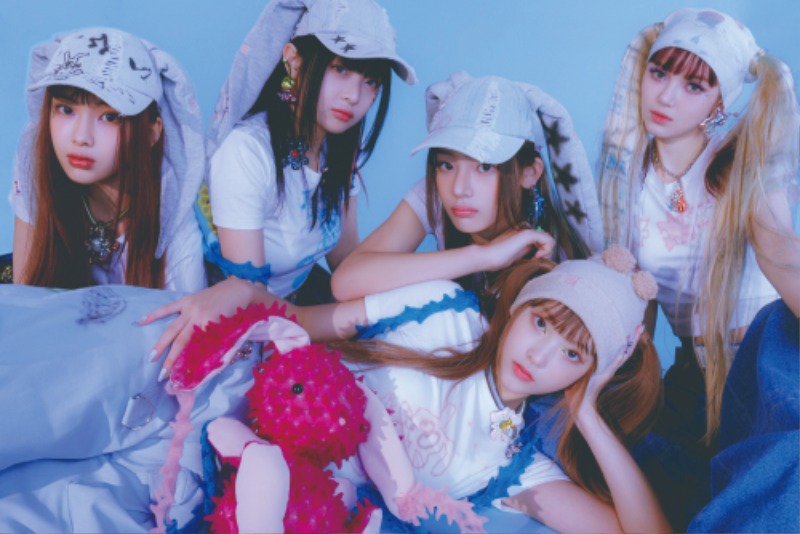
NewJeans hopes to become an icon of the times, like a pair of jeans worn every day without question. This photo was taken for “OMG,” the group’s album released in January this year.
ⓒ ADOR
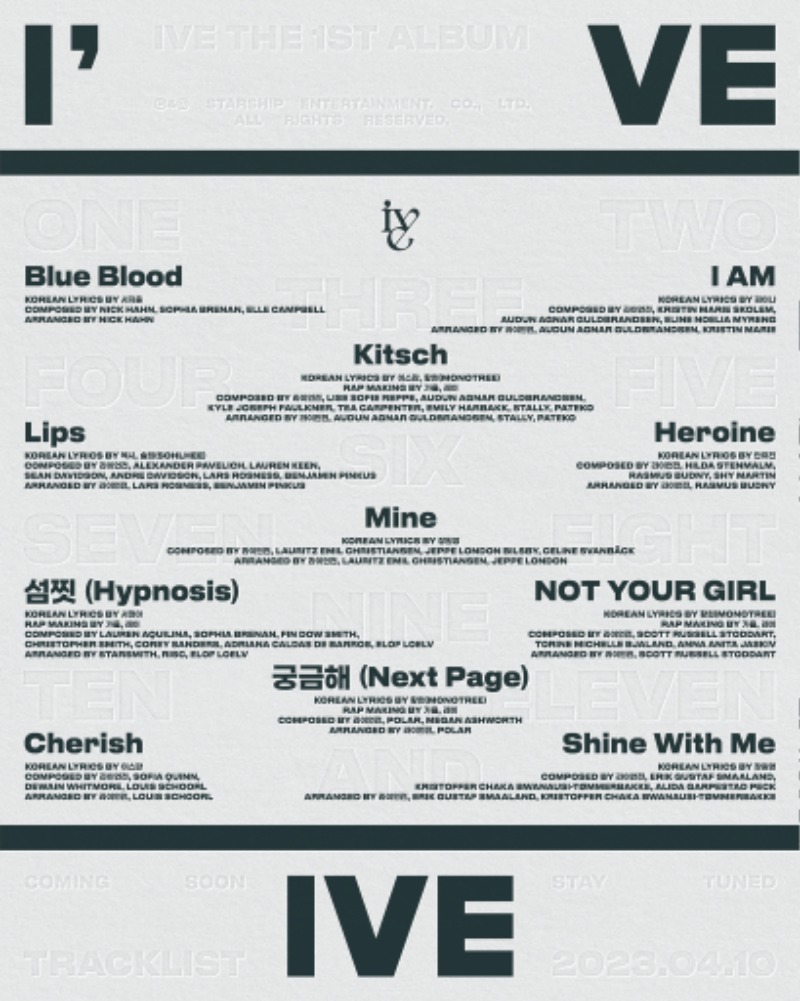
IVE released its album “I’ve IVE” in April this year. Since its debut in 2021, the group has focused on songs about self-nurturing and personal confidence.
ⓒ Starship Entertainment
The current fourth generation debuted around 2020. They are active both online and offline, reaping the benefits of the borderless internet, with each group displaying a strong identity and concept. This generation includes ITZY, who sing “Dalla Dalla” (“I am different” in Korean); TOMORROW X TOGETHER, which compares growing pains to a horn growing out of the head; and NewJeans, who have a slightly unconventional target audience, spooning nostalgia to older millennials.
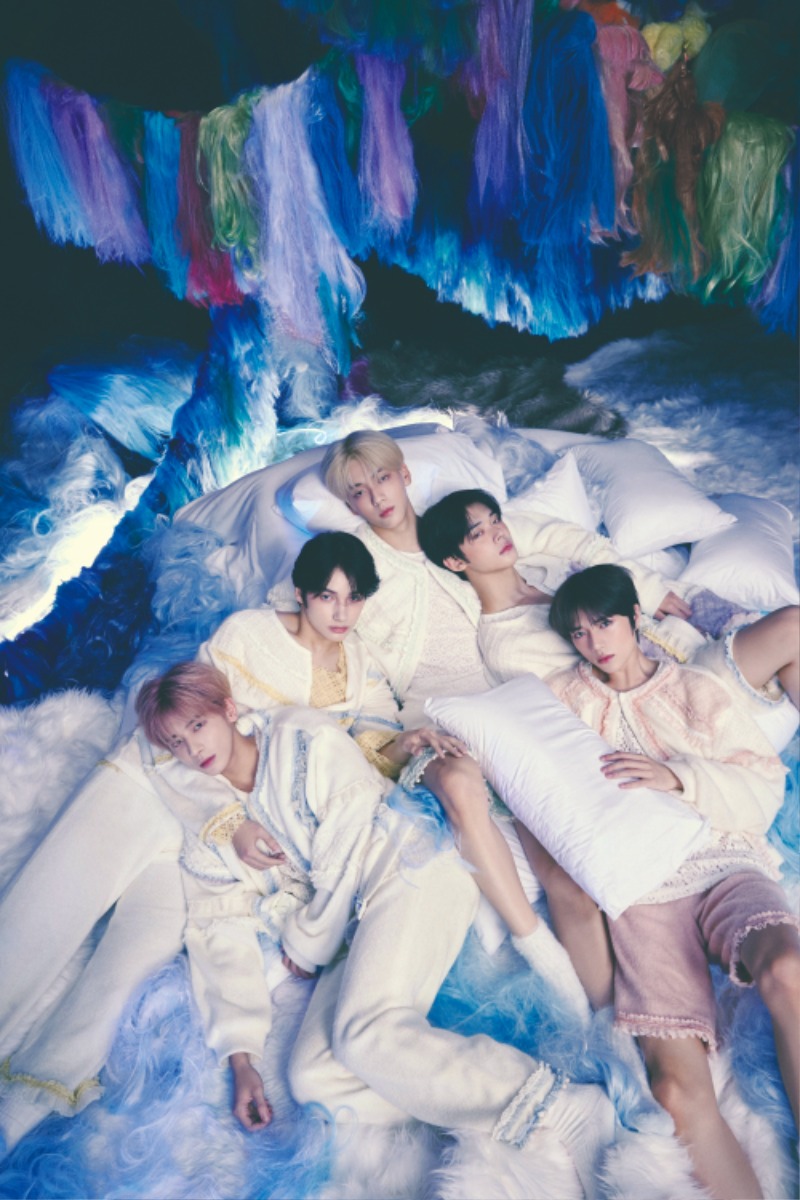
TOMORROW × TOGETHER built a strong following of fans in their teens and twenties with albums built around fairy tale-like imagination and storytelling.
ⓒ BigHit Music
KEYWORD
The hallmark of the fourth generation is their international footprint. Before BTS, that would have been a surprise, as it was not taken for granted that Korean groups would be active in foreign markets. There were a few exceptions, such as BoA who debuted in Japan with a Japanese version of her song “ID; Peace B.” However, it remained very difficult for Korean groups to establish a firm foothold in foreign markets other than Japan. Although Psy’s catchy “Gangnam Style” music video became a global sensation with billions of YouTube views, successfully planting stakes in foreign markets was another matter.
The soaring global popularity of BTS changed expectations. The group’s arresting song content coupled with its members’ dancing and personality demonstrated how the right mix of talents and smart marketing could reach all corners of the world for a truly global fan base.
Foreign markets are the lodestar in the planning and marketing behind fourth-generation groups. The strategy includes recruiting talent from outside of Korea to add performers who can speak languages other than Korean. Thus, BLACKPINK, arguably the top K-pop girl group at the moment, has Lisa from Thailand among its members, and EXO has Lay from China.
It also became natural for top idol groups to promote their new albums by going abroad for interviews and promotional events. From time to time, acts such as ATEEZ went on a North American tour months after their debut, built a strong fan base abroad, and came back to focus on the Korean market.
IMAGE AND MESSAGING
Another characteristic of fourth-generation K-pop groups is their shared zeitgeist as members of Gen Z. When TOMORROW X TOGETHER debuted, the group received particular attention for its storytelling. It untangled the subtle depression prevalent in the current generation using imaginative, fairy tale-like stories. By focusing on language and emotions shared only by their peers, the group positioned itself to grow its influence on fans in their teens and twenties.
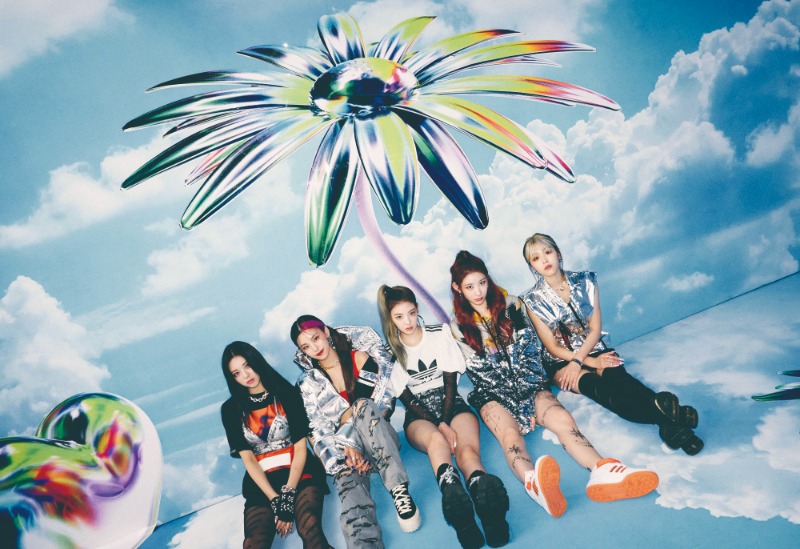
ITZY became an overnight sensation in 2019, when the group’s debut song “Dalla Dalla” reached No. 1 after only 9 days, a new record for a girl group.
ⓒ JYP Entertainment
The fourth generation is especially strong in the lineup of girl groups. Since their debut in December 2021, IVE has focused on the idea of “me, myself.” The group has sung about narcissism, having fallen in love with “myself,” which perfectly suited the team’s flashy and cool image. Such a perfect mix produced three consecutive hits: “Eleven” in 2021, followed by “Love Dive” and “After Like” in 2022. For this, they won prizes at the 2022 Melon Music Awards, MAMA Awards, and Asia Artist Awards.
LE SSERAFIM is known for assertive messages in its songs. Debuting in 2022, their initial songs were mostly about “my” desires and hardships. Then the message began to address “us.”
NewJeans declared that it would become an icon of the times, like the jeans we wear every day without tiring of them. The group’s five members d a sensation with their retro-feel concept, songs, choreography, and talents. Their debut song, “Attention,” and the follow-up, “Hype Boy,” both entered the Billboard Global 200 chart. The performers’ popularity spilled over to the commercial world, earning them contracts as models for domestic and foreign brands.
POST-COVID K-POP
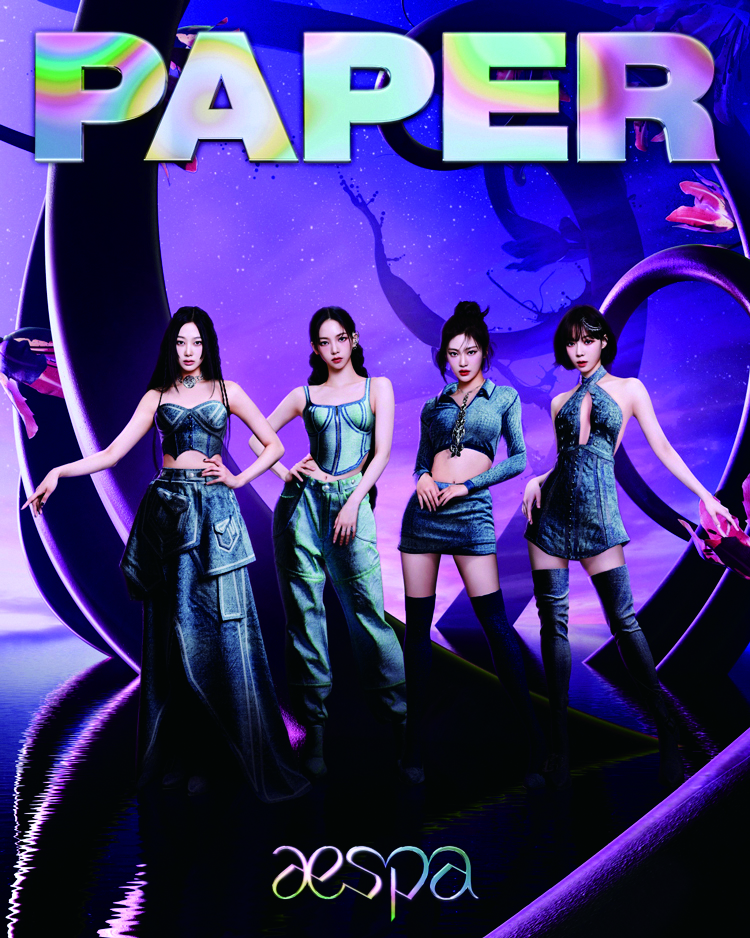
æspa is known for its storytelling in which artists and corresponding virtual avatar members meet in the digital world to converse, sympathize, and grow.
ⓒ SM Entertainment
Interestingly, the discussion of virtual space, including the metaverse, which was mentioned as a major keyword in the early days of fourth-generation K-pop groups, has subsided considerably. The group æspa, which was at the apex of the discussion for its unique “worldview” (a kind of virtual universe) centered on avatars, seems to be better recognized for its value as successor to the original SMP (SM Music Performance), a type of song and performance style that is the core of the SM Entertainment brand.
During the pandemic, when it was possible to check up on one another only through virtual means, figures in the K-pop industry quickly realized the importance of using technology to bring people closer together. This was a foregone conclusion considering the most exciting K-pop businesses at the time were various fan platforms that emotionally connected singers and fans more deeply.
The contours of fourth-generation K-pop, which is going through more turbulent times than ever before, are finally emerging. They have also just begun drawing the topographical map of a new era of K-pop, to be led by a new generation.